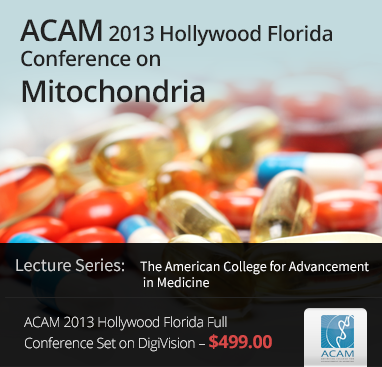- Dr. Sangeeta Pati - Hormones, Nutrition, Detoxification, Mind, and Body
- IV Nutrition Textbook
- IV Nutrition and BHRT Workshops - by Central Drugs
- Regenerative Business Summit by Medfit
- Cash Practice Success Summit
- Special Topic Sets on Hormones, Weight Loss, Stem Cells, Cancer, Sex, and more
- Ron Rothenberg, MD Special Set
- Thierry Hertoghe, MD Special Set

Good morning. First of all I want to thank the camp for this invitation, and also to doctor Owen for his friendship. I am very happy to be here sharing my experience with all of you. I will speak about ozone mechanism fractions, and also I will show you some preclinical and clinical trial that we have performed in this more than twenty-eight years.
First of all we have to say that ozone is a powerful oxidant. It has the strongest reactivity, and for that reason it has been created a dogma that ozone is toxic to be used in medicine, it has been prescribed. But however, since the first years of the last century we have reports of the usable ozone in medicine. Of course is necessary to perform some clinical test in order to see what is distinctive toxicity for this procedure. Then we have performed in Cuba several of these tests. Of course, we have found the guidelines of the Cuban Regulatory Agencies, and also Food Drug Administration, International Standards Organization, Health Word Organization, in order to prove if this is a procedure that is safety. We have done all that in different ways of ozone application like rectal, like major auto chemotherapy, like intraperitoneal, and we don’t have any side effects. Then it has been affected by our country, Cuba accepted ozone therapy, and we are using for more than twenty-eight years.
This is some of the different ways of ozone application, you’re gonna use intramuscular, vaginal, rectal, major auto chemotherapy, intra-articular, intratonsillar, directly in the lesion, you can see vaginal, and this is using vacuum. And in more than two million patients treated in those years, we have obtained approximately 8% of good resorts. What is the mechanism of action? How it reacts? Well ozone is a powerful oxidant, but its reaction is very selective. Then we know that ozone loves electrons. It is an electrophilic agents and it will attack mainly the double bound. Then it’s added to double bound to form some ozonides, very unstable, but then inside this zwitterion, its form established ozonide, also aldehyde, hydrogen-peroxide, that are really the active metabolites of ozone, because ozone reacts one million times per second. It completely disappears and I forms all those species.Then we can say that ozone may induce an adaptation to oxidative stress, or an oxidative precondition - this is a term that we have created for mechanism of fraction of ozone oxidative because it is an oxidant. For that reason, we named oxidative precondition, but it’s important that it has to be under controlled doses by…
Then we can say that ozone may induce an adaptation to oxidative stress, or an oxidative precondition - this is a term that we have created for mechanism of fraction of ozone oxidative because it is an oxidant. For that reason we named oxidative precondition, but it’s important that it has to be under controlled doses by…
To purchase the entire lecture series, click here.
Mar
21,
2016






